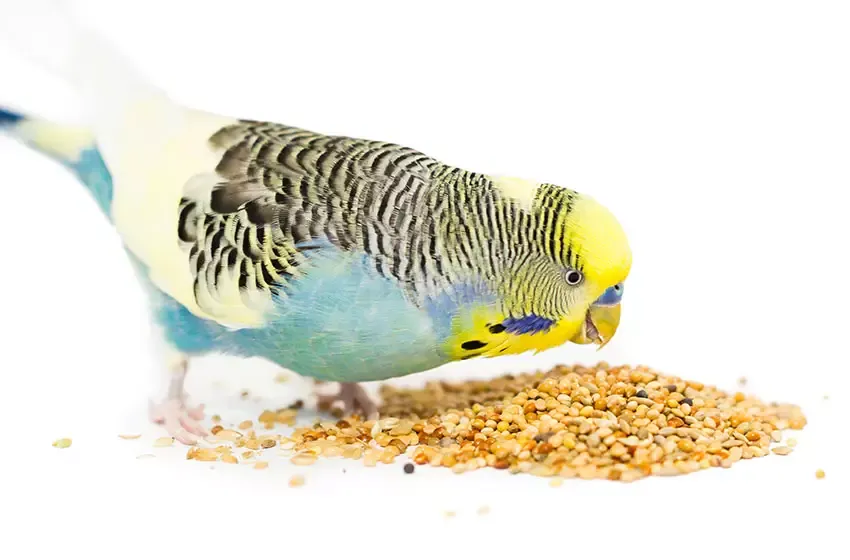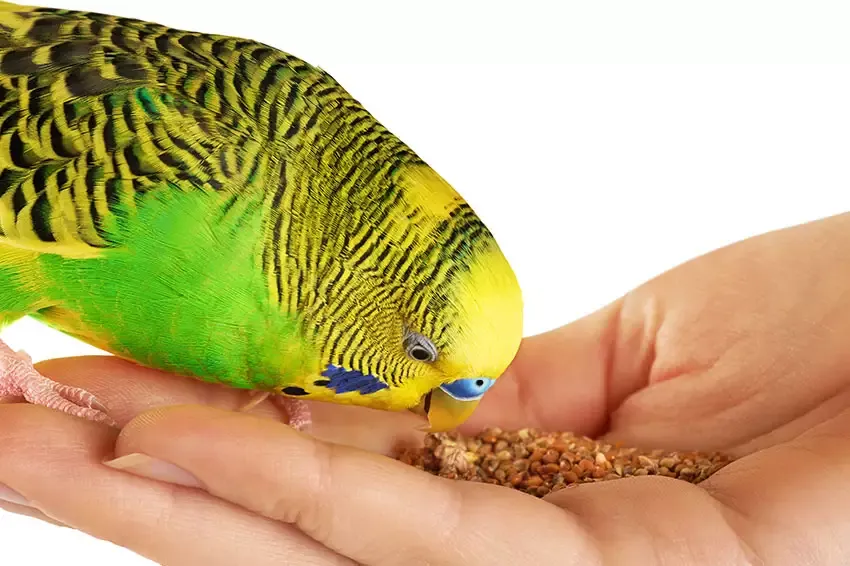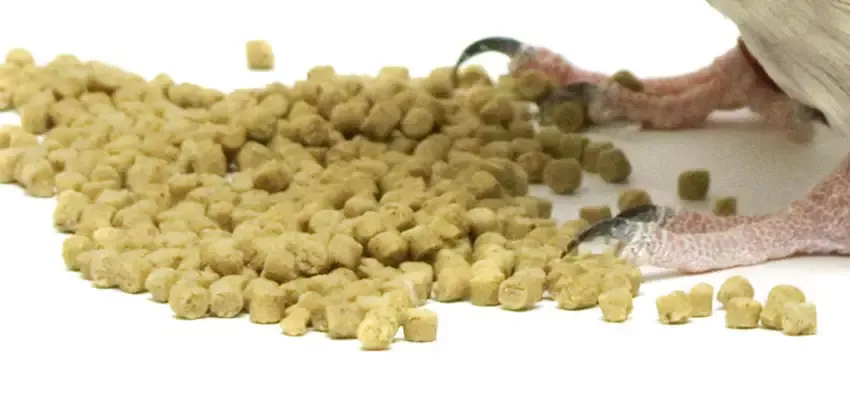Providing your parakeet with a balanced and nutritious diet is crucial for their health and well-being. While seeds form the primary component of their diet, understanding which seeds are best, how to prepare them, and what to avoid is essential. This guide will delve into the world of parakeet nutrition, focusing on the best seeds to incorporate into your bird’s diet.
Understanding Parakeet Dietary Needs
Parakeets, like their wild counterparts, thrive on a diverse diet. The key to a healthy diet is balance, which means incorporating a variety of seeds, greens, vegetables, and fruits. Many owners opt for a good mix of dry and sprouting seeds, using fresh foods as supplements. When selecting individual ingredients or checking the contents of a seed mix, always prioritize organic produce to avoid harmful chemical residues. It is also vital to seek expert advice before creating your own parakeet food mixes.
The Importance of Freshness in Parakeet Seed
The freshness of parakeet seed is paramount. Store-bought seed has a limited shelf life, and once its expiration date passes, the nutritional value diminishes significantly. Exposure to direct light or excessive heat can also degrade the quality of the seeds. Engaging with online pet forums and local parakeet breeders can help you identify the best available seed mixes in your area, or you can conveniently purchase seeds online.
To test the freshness of a seed batch, soak a small amount in water for six hours. Then, place the drained seeds on wet cotton wool or kitchen paper in a warm environment for 24 hours. A high-quality batch should show at least 50% germination, with ideally 80-100% sprouting. If no germination occurs after 36 hours, and you’ve ensured the seeds remained moist, it indicates a “dead batch” of food that can lead to malnourishment.
 A yellow-headed parakeet eating seed###### All parakeets need a high-quality, fresh seed mix.
A yellow-headed parakeet eating seed###### All parakeets need a high-quality, fresh seed mix.
Incorporating Grains into Your Parakeet’s Diet
Seeds and grains should constitute approximately 50% of your pet bird’s daily intake, mirroring their natural diet in the wild. Suitable grains include wheat, barley, rye, and oats, which can be offered as fresh, hulled grains. Avoid pearl barley, rolled oats, and grain-based breakfast cereals, as these often contain excessive sugar. Any grains that have been roasted, soaked, baked, boiled, or otherwise cooked are also unsuitable. Oats can be presented as sprays, providing your parakeet with an enjoyable challenge to extract the grain from the husk.
 A parakeet being hand-fed with grains###### A selection of parakeet-friendly grains.
A parakeet being hand-fed with grains###### A selection of parakeet-friendly grains.
A List of Parakeet-Friendly Grains:
- Amaranth
- Barley
- Buckwheat (whole)
- Canary seed
- Oats
- Quinoa
- Rye
- Sweetcorn kernels
- Wheat
Exploring Grass and Herb Seeds
Grass seeds, which encompass many of the grains mentioned above, should make up half of your parakeet’s diet. Exercise caution when feeding wild grass seeds, ensuring 100% certainty of their suitability. Some wild seeds, like Cockspur grass and certain millets, can accumulate high levels of nitrates, which can be toxic. While direct warnings for pet birds are scarce, these plants can become toxic to parakeets once they reach a few inches in height.
Herb-derived seeds should constitute about a quarter of a good seed mix. You don’t need to include all of the following in every mix:
- Alfalfa
- Cabbage
- Canola
- Chia
- Clover
- Dill
- Fennel
- Fenugreek
- Kale
- Mustard (yellow, red, and black)
- Radish
- Red Clover
 A green parakeet feeding from hand###### A gourmet parakeet eyes up the seeds on offer.
A green parakeet feeding from hand###### A gourmet parakeet eyes up the seeds on offer.
The Role of Oily Seeds and Legumes
Parakeets are drawn to oily seeds, much like children are to junk food. Due to their high fat content, these should be limited to no more than 10% of the overall seed mix. Oily seeds have a short shelf life and can become rancid within three months, so purchase them in small quantities. Strictly speaking, millet, hemp, niger, and rape are grains, but they are often categorized with oily seeds due to their fat content.
Popular Oily Seeds:
- Flax (not suitable for sprouting due to a slimy texture)
- Hemp (offer slightly crushed to help crack the husks)
- Millet
- Niger (or Nyjer)
- Poppy
- Pumpkin (soaked and germinated first)
- Rapeseed
- Sesame
- Sunflower
Legumes, such as lentils, peas, and beans, should be served whole (not split) and sprouted, not hard and dry. They are rich in protein, so offer them sparingly, as excess protein can stimulate breeding urges.
Note: Many beans are toxic to parakeets, so only experiment with those listed below:
- Adzuki beans
- Black-eyed peas
- Chickpeas (Garbanzo)
- Green peas
- Lentils (all types)
- Mung beans
- Yellow peas
Considering Parakeet Food Pellets
While pellets offer a nutritionally complete diet, many parakeets find them unpalatable unless introduced from a very young age. Historically, pellets gained popularity based on the misconception that seed-based diets lacked essential minerals. However, a balanced diet of seeds, fresh foods, and a mineral block is perfectly adequate. Pellets are not harmful, but a varied diet provides more tactile and engaging eating experiences for your parakeet. Claims that pellets extend a bird’s lifespan should be approached with skepticism.
 Parakeet food pellets###### Parakeet food pellets.
Parakeet food pellets###### Parakeet food pellets.
In conclusion, the Best Seeds For Parakeets are those that are fresh, varied, and offered in appropriate proportions. By understanding the nutritional needs of your bird and providing a balanced diet rich in high-quality seeds, grains, and fresh foods, you can ensure your parakeet leads a long and healthy life. Always consult with a veterinarian or avian specialist for personalized dietary recommendations.
